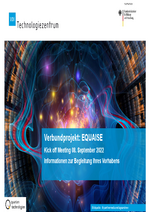Controlling light- and matter excitations down to the microscopic scale is one major challenge in modern optics. Applications arising from this field, such as novel coherent- and quantum light sources have the potential to affect our daily life. One particularly appealing material platform in quantum physics consists of monolayer crystals. The most prominent species, graphene, however remains rather unappealing for photonic applications due to the lack of an electronic bandgap in its pristine form. Monolayers of transition metal dichalcogenides compounds comprise such a direct bandgap, and additionally feature intriguing spinor properties, making them almost ideal candidates to study optics and excitonic effects in two-dimensional systems.
unLiMIt-2D aims to establish these materials as a new platform in solid-state cavity quantum electrodynamics. The experiments which we carry out in the project are based on thin layers embedded in high quality photonic heterostructures providing optical confinement:
Firstly, we exploit the combination of ultra-large exciton binding energies, giant absorption and unique spin properties of such materials to study microcavity exciton polaritons. These composite bosons provide the unique possibility to study coherent quantum fluids up to room temperature. It is our believe that establishing bosonic condensation effects in atomic monolayers can lead to a paradigm shift in polaritonics.
Secondly, we study exciton localization in layered materials, with the perspective to establish a new generation of microcavity-based quantum light sources. Light-matter coupling effects will greatly improve the performance of such sources, hence we investigate possibilities of tuning the spectral properties of these localizations via external electric and strain-fields, to gain position control and make use of them as sources of single, indistinguishable photons.








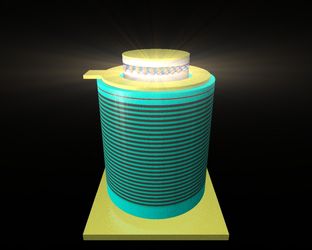
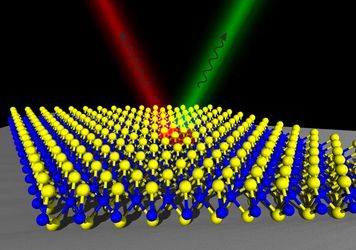
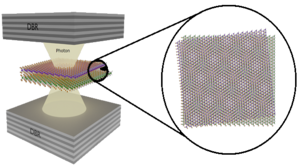
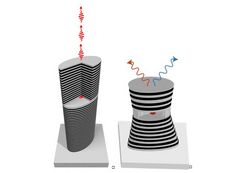

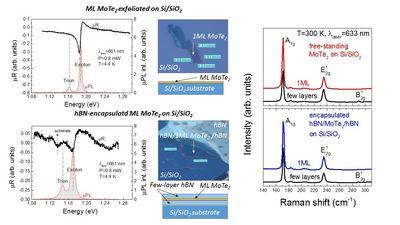
![BMBF_CMYK_Gef_M [Konvertiert]](/f/5/_processed_/b/e/csm_BMBF_gefoerdert_vom_englisch_901cb89398.jpg)
